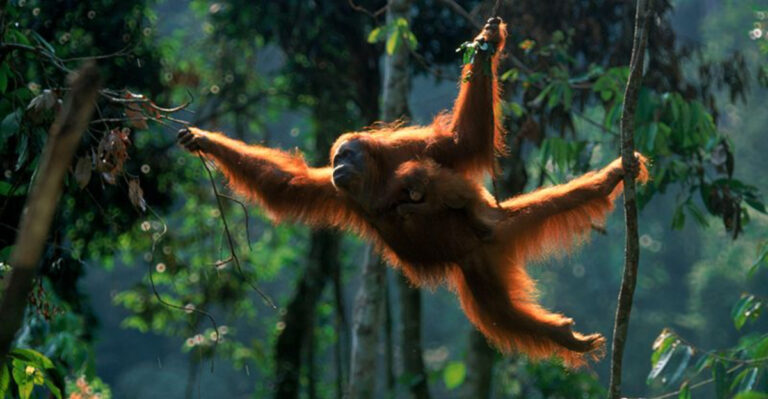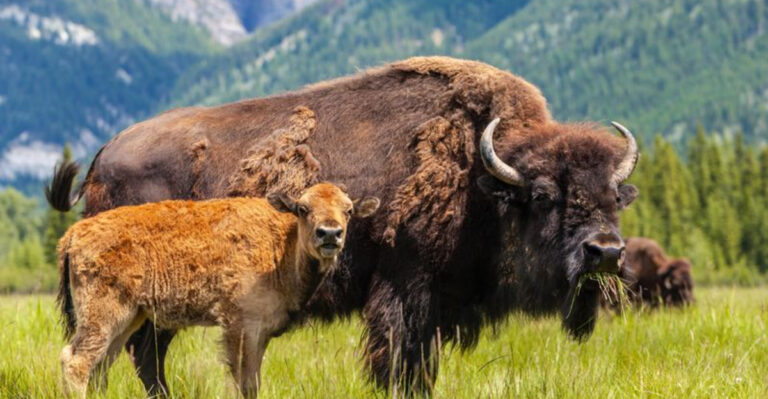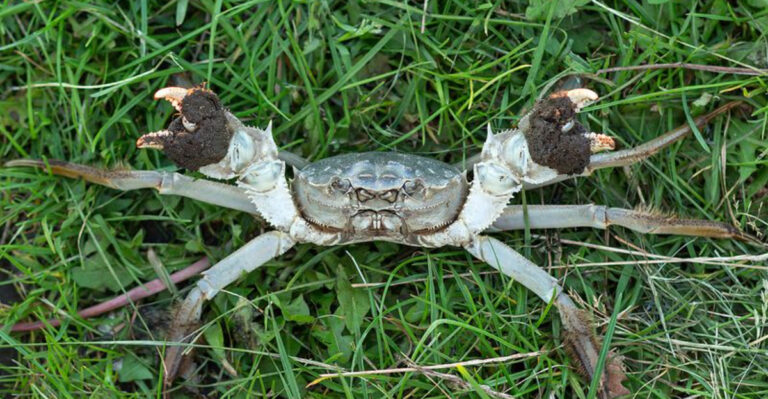Native Turtles Make A Stunning Comeback In Yosemite After An Unexpected Recovery
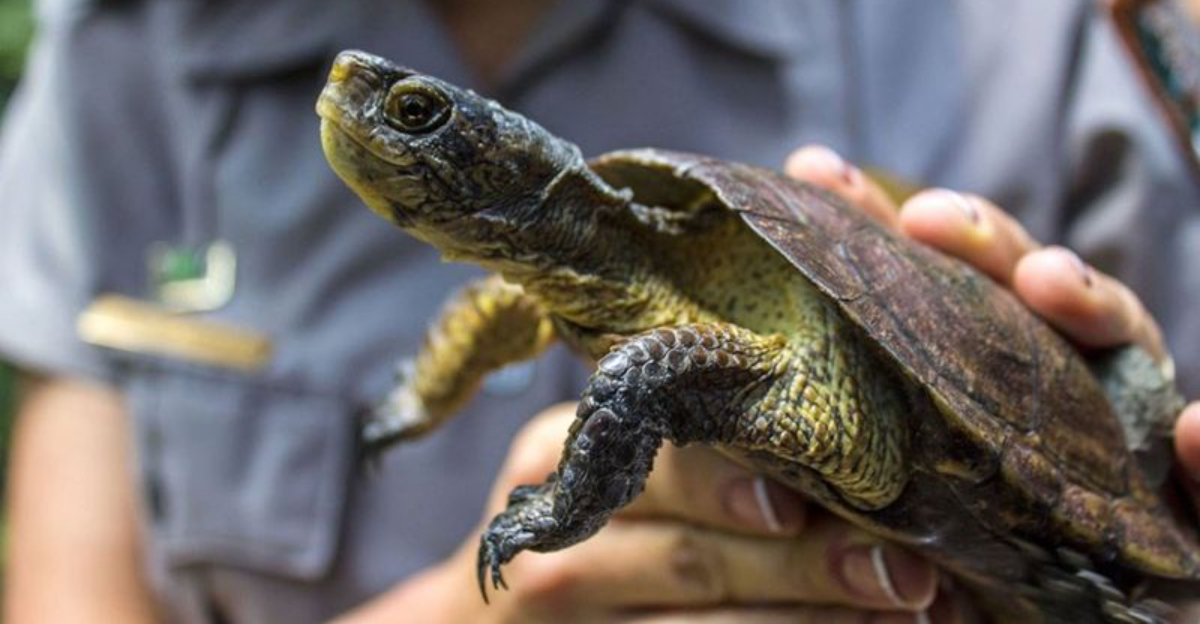
Something magical is happening in Yosemite National Park – the western pond turtles are back! These shelled natives nearly vanished from the park’s waters due to habitat loss and predators.
Now, after years of conservation efforts, these turtles are reclaiming their ancestral waters in surprising numbers. Their comeback story shows how nature can heal when given a chance and proper protection.
The Brink Of Extinction
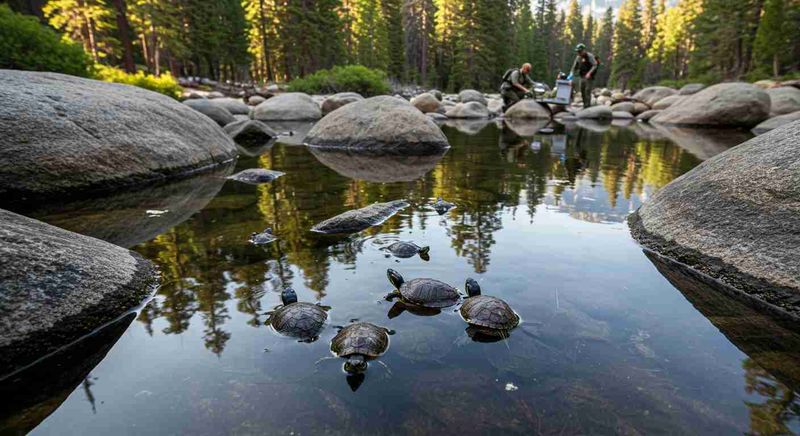
Western pond turtles once thrived throughout Yosemite’s waterways but nearly disappeared by the early 2000s. Researchers could barely find a dozen individuals during extensive surveys. Their decline happened so quickly that many visitors didn’t even realize these reptiles were native to the park.
Habitat destruction, introduced predators, and climate changes pushed these armored swimmers to the edge. Disease outbreaks further threatened the remaining population. Park biologists feared they might lose this species entirely from Yosemite’s ecosystem, which would have created a ripple effect throughout the food web.
Unexpected Allies In Recovery
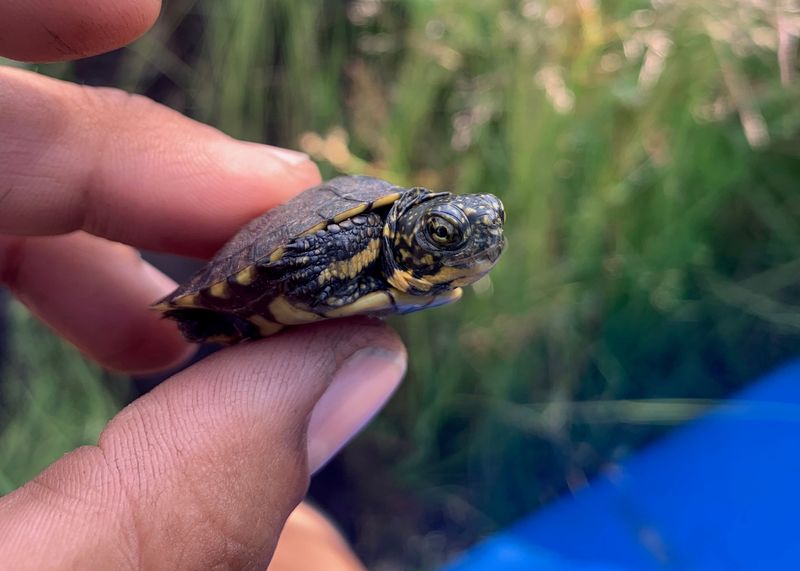
School children became turtle champions when a fourth-grade class from Mariposa County adopted the recovery project. After learning about the turtles’ plight during a field trip, they raised $3,200 through bake sales and car washes to fund special habitat restoration.
Their enthusiasm spread to neighboring schools, creating a network of young conservationists. Park rangers were amazed by the students’ dedication. Local businesses joined the cause too, donating materials for turtle basking platforms and nesting areas.
This community support proved crucial for securing additional government grants that powered the full recovery program.
The Mystery Pond Discovery
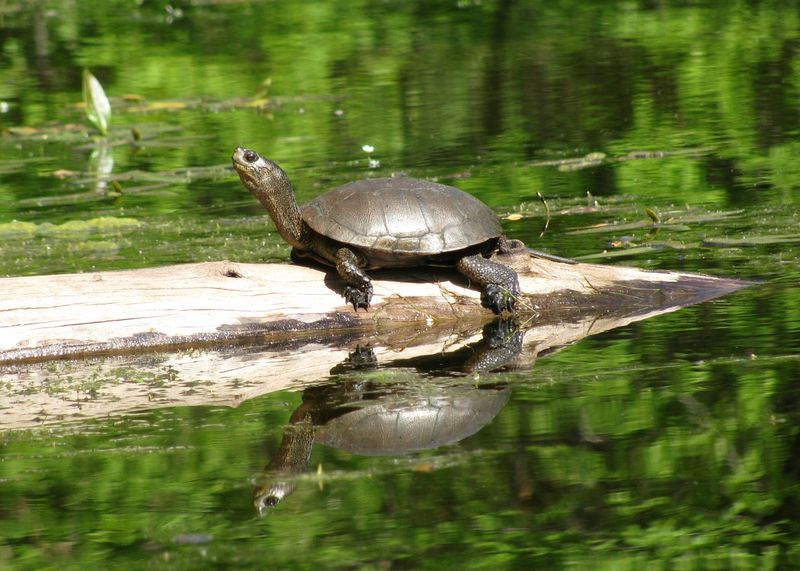
A breakthrough came in 2015 when a hiker photographed what looked like turtle tracks along a remote, unnamed pond. Rangers investigated and discovered a thriving pocket population of 27 western pond turtles that had somehow remained hidden from researchers for years!
This isolated group had unique genetic adaptations that helped them survive. Their discovery provided valuable DNA diversity for the recovery program.
Scientists nicknamed it “Resilience Pond” and kept its exact location confidential to protect the turtles. This natural sanctuary became the source population for breeding programs that would eventually help repopulate other areas of the park.
High-Tech Shell Tracking
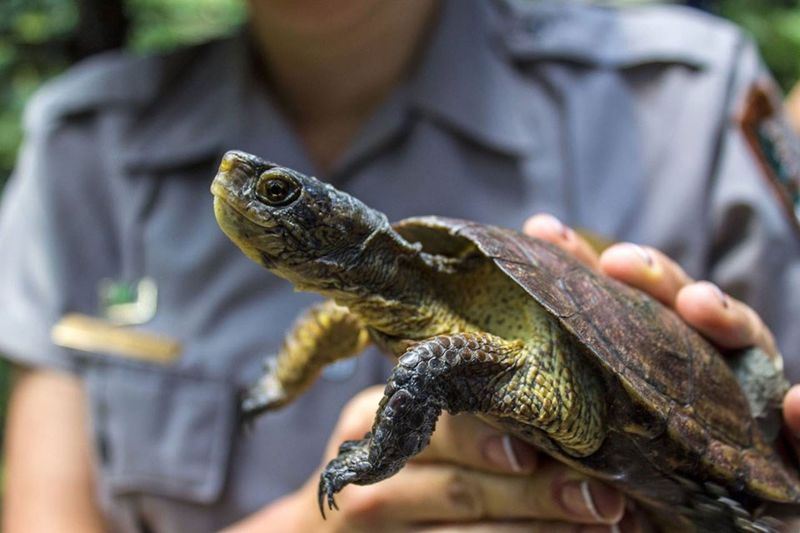
Rangers attached tiny solar-powered GPS trackers to 50 turtles’ shells, revealing surprising migration patterns. These determined reptiles traveled up to three miles between water sources – much farther than previously thought possible for their species!
The tracking data showed they followed ancient pathways that had been fragmented by roads and development. Female turtles made extraordinary journeys to reach traditional nesting grounds, navigating obstacles with remarkable determination.
This information helped park managers create special turtle crossings and corridors to reconnect habitat fragments. The tracking program continues today, with visitors sometimes spotting turtles with their small antenna “backpacks.”
Predator Management Success
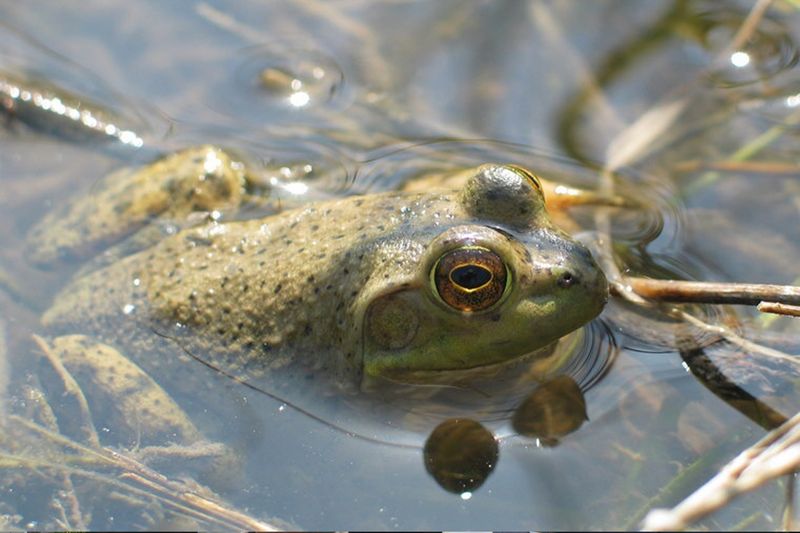
Invasive bullfrogs had been feasting on turtle hatchlings for decades. Park officials launched a targeted removal program that successfully eliminated 95% of these predators from key turtle habitats without using harmful chemicals.
Rangers employed innovative trapping methods during bullfrog breeding season. They also trained volunteer “Frog Patrols” to spot and report sightings throughout the park.
With fewer predators, turtle survival rates skyrocketed from just 2% to over 60% for hatchlings. This single intervention may have been the most important factor in the species’ recovery, demonstrating how managing invasive species can restore natural balance.
Climate-Adapted Nurseries
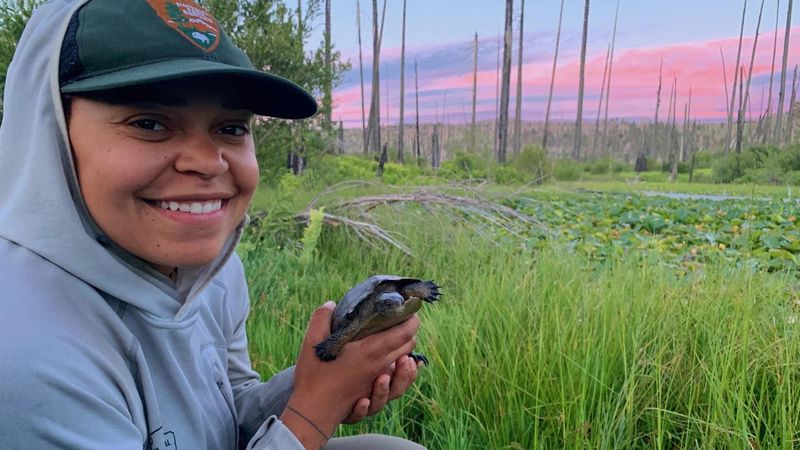
Warming temperatures threatened turtle reproduction since egg gender is determined by nest temperature. Too much heat produces mostly females, creating population imbalances. Rangers developed innovative “climate-adapted nurseries” – partially shaded nesting areas with controlled moisture levels.
These special zones maintain ideal temperatures for producing balanced gender ratios. First-time nesting females are gently guided to these areas using scent trails and habitat design.
The nurseries feature predator exclusion fencing and remote cameras for monitoring. This groundbreaking approach has become a model for other parks facing similar climate challenges with temperature-sensitive species, proving that creative solutions can help wildlife adapt to changing conditions.
Record-Breaking Population Growth
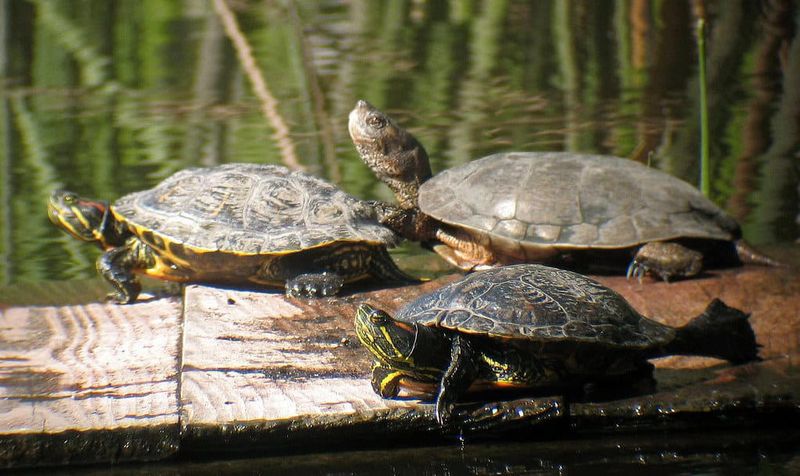
The 2023 turtle census revealed an astonishing 340% population increase since 2018! Biologists counted over 950 individuals across 27 water bodies in the park – numbers not seen since the 1950s. The growth rate far exceeded even the most optimistic projections.
Healthy turtles of all age groups were documented, indicating successful reproduction and survival. Several new colonies established themselves in areas where turtles hadn’t been seen in generations.
The population now appears self-sustaining, reaching a critical threshold that should ensure long-term survival. This remarkable recovery happened in half the time scientists initially estimated, making it one of the fastest wildlife comebacks in national park history.
Ecosystem Ripple Effects
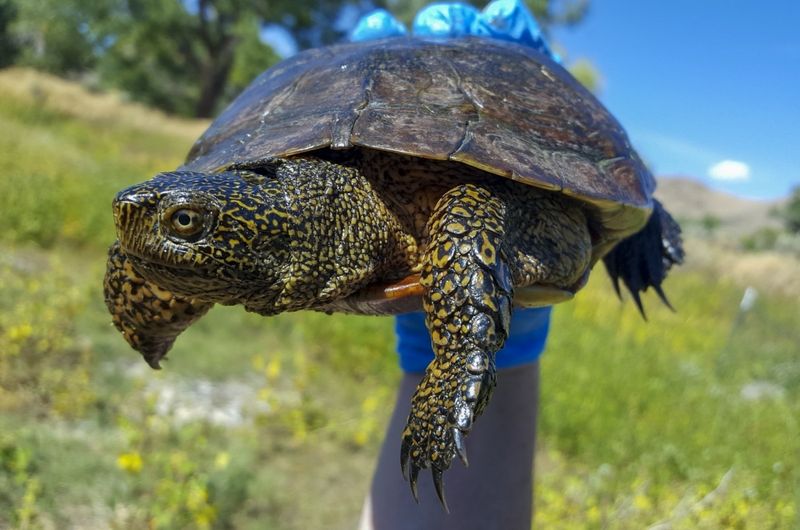
The turtles’ return has triggered positive changes throughout Yosemite’s aquatic ecosystems. Water clarity improved as turtles controlled algae and consumed mosquito larvae. Native plant species rebounded along shorelines where turtles help disperse seeds.
Bird populations increased around turtle-inhabited waters. Scientists documented higher diversity of dragonflies and other beneficial insects in these areas too.
Even fish populations showed improvements, with healthier numbers and size distributions. This cascade of positive changes demonstrates the important role these turtles play as “ecosystem engineers” – proof that restoring even one species can heal entire ecological communities when that species serves a keystone function.
Turtle Tourism Boom
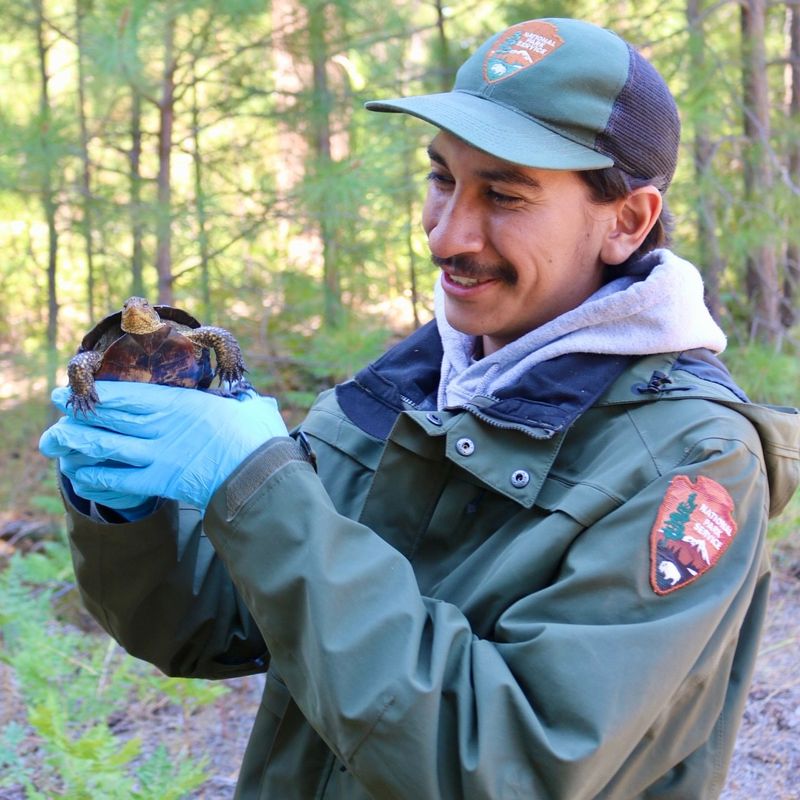
“Turtle Tours” have become surprisingly popular with park visitors! Weekly ranger-led walks to turtle viewing areas regularly fill up months in advance. Gift shops can barely keep turtle merchandise in stock, with proceeds supporting conservation.
Local artists created a “Turtle Trail” of sculptures throughout nearby towns. The annual “Shell-ebration” festival draws thousands of visitors during the spring emergence season.
This unexpected tourism boost generates approximately $1.2 million annually for the local economy. The turtles’ popularity has transformed them from an overlooked species to beloved park ambassadors, proving that conservation can have economic benefits alongside ecological ones. Their story connects visitors emotionally to broader environmental issues.
The Turtle Guardian Program
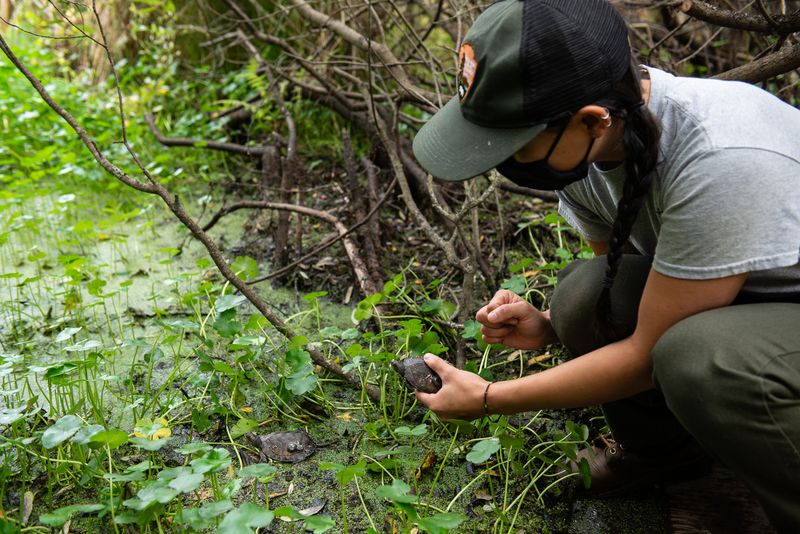
Retired park ranger Maria Sanchez refused to give up on the turtles even after official recovery funding ended. She created the volunteer “Turtle Guardians” – community members who monitor specific ponds and report threats or changes.
Her dedication inspired over 200 locals to join the program. Guardians receive special training to identify individual turtles by their unique shell patterns and behaviors.
Many guardians have “adopted” specific turtles they’ve watched for years. They maintain detailed journals documenting behaviors and habitat conditions. This citizen science initiative provides invaluable data while fostering deep community connections to wildlife conservation, showing how passionate individuals can make a lasting difference.


